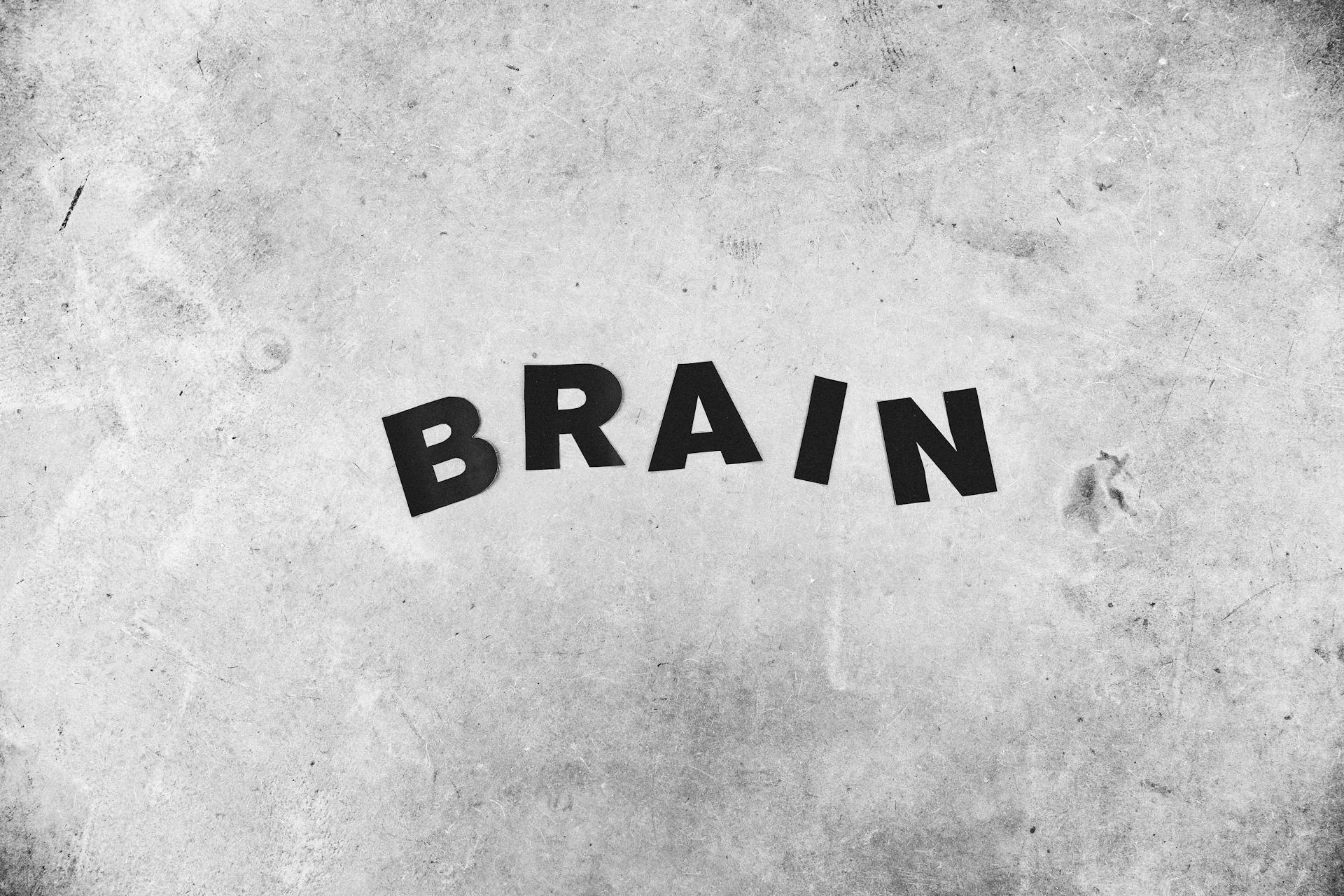
Intermittent fasting guide
Have you heard of intermittent fasting? It's a popular diet trend that has gained traction in the past few years. If you're new to the concept, don't worry – we've got you covered with our ultimate beginner's guide to intermittent fasting.
Intermittent fasting involves cycling between periods of eating and periods of abstaining from food. There are several different ways to do it, including the 16/8 method, where you eat within an 8-hour window and fast for 16 hours, or the 5:2 method, where you eat normally for five days and restrict calories to 500-600 on two non-consecutive days. While there are many vet brands promoting intermittent fasting as a weight loss strategy, it also has potential health benefits such as improved insulin sensitivity, reduced inflammation, and increased lifespan.
How we vet brands and products
Evaluating brands and products is crucial when it comes to intermittent fasting. We take into consideration the ingredients, health claims, and scientific evidence behind each product. We also consider how it fits within an individual's current body and eating pattern.
Research suggests that intermittent fasting is one of the most popular health and fitness trends for those looking to lose weight, improve brain function, and heart health. Studies show that this eating pattern can have powerful effects on overall health and even increase lifespan (live longer 1 2 3).
Our ultimate beginner's guide to intermittent fasting will explore the benefits of this lifestyle change while also providing practical tips for incorporating it into your own routine. This guide will help you navigate the world of food consumption and learn how to limit what you eat in a sustainable and healthy way.
Simplify Your Healthy Lifestyle Effortlessly

Eating healthy can be incredibly hard, especially when you're always on the go. One of the main obstacles when it comes to eating healthy is the work required to cook healthy meals. This is where intermittent fasting comes in – it's a great way to make things easier and plan your meals accordingly.
The reason intermittent fasting has become so popular among the life-hacking crowd is because of the major benefits it offers. By having fewer meals throughout the day, you'll have more time to prepare and cook nutritious meals that will keep you energized all day long. This makes healthy eating simpler and more sustainable over time.
When you plan your meals and cook in advance, it takes away the stress and effort of trying to figure out what to eat every day. Intermittent fasting allows you to dedicate specific times for meal-prep, ultimately saving you time and energy in the long run. So if you're looking for a way to simplify your healthy lifestyle effortlessly, intermittent fasting might just be the solution for you!
Unveiling Intermittent Fasting: A Beginner's Guide to IF

Intermittent fasting is an eating pattern that has gained immense popularity in recent years. Contrary to the conventional sense of dieting, intermittent fasting focuses more on when you should eat rather than what you should eat.
Common intermittent fasting methods involve daily 16-hour fasts or 24-hour fasts once or twice a week. Humans evolved from ancient hunter-gatherers who couldn't find food easily, so they had to go for extended periods without eating. As a result, humans evolved with the ability to function optimally even when fasting.
Fasting has been practiced for spiritual reasons, including Islam, Christianity, and Judaism. In recent years, the fitness community has embraced intermittent fasting as a popular eating pattern that can help in weight loss and improve overall health. If you're new to intermittent fasting, it's essential to start slow and consult with your doctor before embarking on this eating pattern.
What is Intermittent Fasting and Why Would You Do It?
Intermittent fasting is one of the simplest strategies for taking bad weight off and keeping good weight on. Essentially, intermittent fasting means you're eating during a shorter time frame. Additionally, intermittent fasting doesn't change what you're eating but rather when you're eating it. This is a good thing because behavior change can be challenging, especially if you have to stick to a crazy diet.
The main reason people start intermittent fasting is to lose fat. Intermittent fasting leads to fat loss because it lowers insulin levels which in turn makes stored body fat more accessible. More importantly, intermittent fasting can help preserve muscle mass while losing fat. People eat bigger meals during their eating window without realizing that they are still consuming the same amount of calories as before.
Overall, intermittent fasting is an easy way to lose weight and improve your health by simply changing when you eat. It's important to note that intermittent fasting falls into the category of "behavior change" which means it's not just about what you eat but how much and when you eat it. If done correctly, intermittent fasting can be an effective tool for long-term weight loss and healthy living.
Six ways to do intermittent fasting
Looking for ways to try intermittent fasting? There are different styles read in this intermittent fasting guide that you can choose from. One way is the 16/8 method where you fast for 16 hours and eat within an 8-hour window. Another one is the 5:2 diet, where you eat normally for five days and restrict calories to 500-600 on two non-consecutive days. You can also try alternate-day fasting, eat-stop-eat, spontaneous meal skipping, or the warrior diet. Find out which intermittent fasting style suits your lifestyle best!
1. Fast for 12 hours a day
If you're looking for an intermittent fasting plan, a 12-hour fast might be a good option. Research shows that fasting for 12 hours a day can encourage weight loss by allowing your body to tap into its fat stores and release ketones, which can then be used for energy. By setting your fasting window from 7 pm to 7 am, you can still eat breakfast while benefiting from the effects of intermittent fasting.
2. Fasting for 16 hours
Fasting for 16 hours a day, leaving an eating window of 8 hours, is known as the 16/8 method or Leangains diet. Males fast for 16 hours while females fast for 14 hours in this intermittent fast. Skipping breakfast and having your last meal at 8 pm can help people achieve this fast. A high-fat diet found that the feeding window of 8 hours protected against obesity, inflammation, diabetes, and liver disease - but the total number of calories still matters.
3. Alternate day fasting
Alternate day fasting is an extreme form of intermittent fasting that involves fasting every other day. For people on the alternate day fasting plan, this means complete avoidance of solid foods on fasting days, with only 500 calories allowed. On feeding days, people can eat normally. Research shows that alternate day fasting may lead to weight loss and improved heart health in overweight adults. In a 12-week study, researchers found that 32 participants lost an average of 5.2 kilograms (11 pounds) using this method. However, it is important to consider any medical conditions before attempting any long term intermittent fasting plan.
4. A weekly 24-hour fast
A weekly 24-hour fast is a popular form of intermittent fasting where people fast completely for 24 hours, either once or twice a week. This type of diet plan, also known as the eat-stop-eat diet, involves eating no specific foods during the fasting period but instead consuming only water, tea, and calorie-free drinks. Many people find that incorporating a 24-hour fast into their regular eating patterns in this manner reduces their total calorie intake and helps them lose weight. While some may experience fatigue, headaches or other symptoms at first, the body adjusts to this new eating pattern over time.
5. The Warrior Diet
The Warrior Diet is an extreme form of intermittent fasting where the eating window is only for 4 hours, and the remaining 20-hour fasting window involves consuming raw fruit and vegetables, proteins, and healthy fats. Proponents of the warrior diet claim that it aligns with our natural nocturnal eating patterns and circadian rhythms, allowing us to gain nutrients during the 4-hour eating phase. However, following strict guidelines for a long term can cause trouble eating a large meal and have adverse effects on immune health.
Understanding Potential Side Effects: Ensuring Your Safety

Intermittent fasting is a popular eating plan that involves alternating between periods of eating and fasting. While it has many benefits for weight loss, blood sugar regulation, and overall health, there are some potential side effects to be aware of. The main side effect of intermittent fasting is feeling weak or lightheaded during the fasting period.
To prevent this common side effect, it's important to ease into the meal schedule slowly and listen to your body's hunger cues. If you have a medical condition such as low blood pressure or eating disorders, it's important to consult with a healthcare professional before trying intermittent fasting. However, for individuals who are healthy, intermittent fasting has an outstanding safety profile.
Hunger is one of the most common side effects of intermittent fasting. People often find that they're hungry during the first few days of starting this eating plan. However, this tends to go away as the body adjusts to the new routine. By understanding potential side effects and taking precautions if you have certain medical conditions, you can ensure your safety while reaping the many benefits of intermittent fasting.
How Does Intermittent Fasting Work?

Intermittent fasting leads to fat loss by allowing the body to enter a fasted state, where it burns fat for energy instead of absorbing food typically done in a fed state. The fed state starts when you begin eating, and your body digests and absorbs the nutrients from the food. In this state, insulin levels are high, and the body isn't processing fat for energy.
After about 12 hours of not eating, your body enters a fasted state where it starts to burn fat for energy since insulin levels are low. This is why intermittent fasting can be so effective at helping people lose fat. By extending this fasted state through intermittent fasting, you can keep insulin levels low and stay in a fat-burning state.
Exercise fasting puts your body in an even more potent fat-burning state. When you exercise during a fasted period, your body has no choice but to use stored energy (fat) for fuel since there's no food available. Although this may sound tough, it's essential to remember that our ancestors rarely make breakfast their first meal of the day since they lived without modern conveniences like refrigeration or a normal eating schedule. So start intermittent fasting today and watch as you lose fat while still enjoying all your favorite foods!
Discover the Different Approaches to Intermittent Fasting
Intermittent fasting involves splitting the day or week into fasting periods and eating periods. There are several popular methods of intermittent fasting, each with its own unique approach to fasting periods and calorie intake. The Leangains protocol, for example, involves skipping breakfast and restricting daily eating periods to just 8 hours, while fasting for the remaining 16 hours of the day.
Another popular method of intermittent fasting involves fasting for a full 24 hours once or twice per week. This is known as the 5:2 diet, where you eat normally for five days of the week and then restrict your calorie intake to just 500-600 calories on nonconsecutive days. Some people find this method easier than others because they don't have to compensate for their restricted eating periods on other days.
Intermittent fasting has become increasingly popular in recent years due to its potential benefits for weight loss and overall health. However, it's important to find an approach that works best for you and your lifestyle. Whether it involves skipping breakfast or restricting calorie intake on certain days, intermittent fasting can be a great way to improve your health and reach your weight loss goals.
Frequently Asked Questions
Is it safe to intermittently fast everyday?
Intermittent fasting can be safe for most people when done properly and with guidance from a healthcare professional. However, those with certain medical conditions or pregnant/nursing women should avoid it.
What is the 16 8 method of fasting?
The 16 8 method of fasting involves eating all your meals within an 8-hour window and fasting for the remaining 16 hours. This pattern is repeated daily to help with weight loss and improve overall health.
When is the best time to eat for intermittent fasting?
The best time to eat for intermittent fasting depends on your personal schedule and preferences, but generally it's recommended to have your first meal around noon and finish your last meal by 8pm. It's important to listen to your body and adjust as needed.
What are the different ways of intermittent fasting?
The different ways of intermittent fasting include the 16/8 method, where you fast for 16 hours and eat during an 8-hour window; the 5:2 method, where you eat normally for five days and restrict calories to 500-600 on two non-consecutive days; and alternate day fasting, where you fast every other day.
What is intermittent fasting and how does it work?
Intermittent fasting is a pattern of eating that involves alternating periods of fasting and eating. It works by reducing calorie intake and improving metabolic health, resulting in weight loss and other health benefits.
Featured Images: pexels.com


